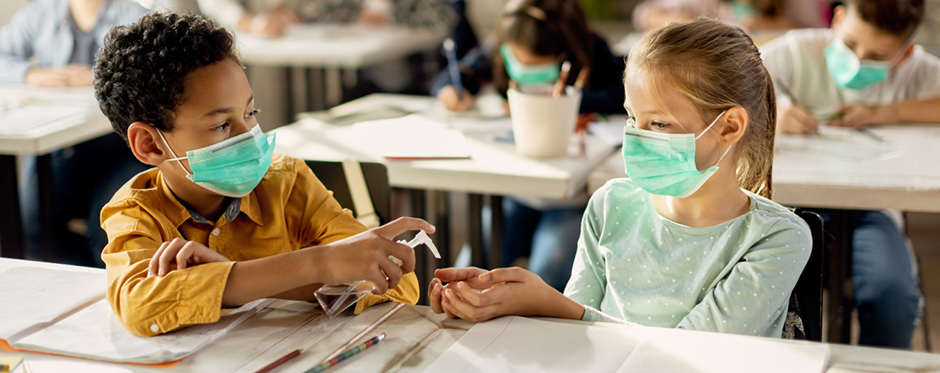It has been a year since we began to “shelter in place” to protect ourselves, our families, and our communities from COVID-19. It has been a year full of tragedy, loss, fear, and isolation as well as heroism, hope, innovation, and new experiences.
Some young children have been home with no one but their parents to play with, work with, and talk to, except through a screen. Others have been in full-time group childcare/education almost all along. And there are many, many children who are somewhere in between. What will schools be like if/when they finally re-open in the fall? How will teachers adapt their lesson plans to meet the students where they are and accommodate the unusually wide range of skill levels? How can parents make summer plans and help their children make the transition back to school when there is so much uncertainty to contend with?
Of course, we don’t have definitive answers to any of these questions, but I will try to provide you with some suggestions and food for thought.
- Take a deep breath, focus on what you can control, and let go of what you can’t control.
- Remember that everyone has been impacted by this pandemic in some way. Your child will not be alone in her experience.
- If you are feeling particularly anxious, take care of yourself first. Your child is a reflection of your own emotional energy and it is harder to see what your child really needs when you are upset yourself.
- If you have a pre-K child who has been very isolated and/or is developing social and emotional skills more slowly than his peers, explore your options for giving him an extra year of preschool and more time to mature.
- If your child is in private school and their current teacher has expressed concerns about your child’s readiness for the next grade level, listen to the concerns, ask plenty of questions to clarify anything that is unclear, and seriously consider the recommendation. This is one year when it might be best not to push your child into an environment where the expectations will be too high to reach.
- Use the summer to allow your child to adjust comfortably to a life that includes more activities. When there are opportunities that feel safe enough to you, resist the temptation to over-schedule your child and “make up for lost time”. One of the silver linings of this cloudy year has been the slower pace and the opportunity to learn how to manage “downtime”. Try to hold onto a good balance of fun activities and uninterrupted time to play and explore.
- Keep as many options open as you can. If it is still unclear if your child’s school will be open for in-person learning in the fall, try to establish some back-up plans for a learning pod, daycare program, online learning program, individual tutors, or an alternative private school that could offer you the childcare you need and your child the social and educational engagement she needs.
- If your family has been totally isolated for most of the past year, try your hardest to find at least one other family with children of similar ages that you feel safe enough with and get together with them, outside and masked, on a regular basis.
- Try to think optimistically, remain flexible and be prepared to accept whatever comes your way. Modeling a calm and peaceful state of mind will definitely help your child feel that way, too.
- Lastly, remember that children are incredibly resilient and can often “rise to the occasion” more easily than you might think. They will likely amaze us with their willingness to adapt and use the many skills this “different” year gave them to learn the things they missed, once they can be with peers and teachers in an engaging interpersonal learning environment.
Prepare to be impressed!
If you need support navigating school challenges during this confusing time, we are here to help. Call us at 1-888-927-0839 or fill out this form to learn more. We offer parent consultations and guidance as well as services for your child.



